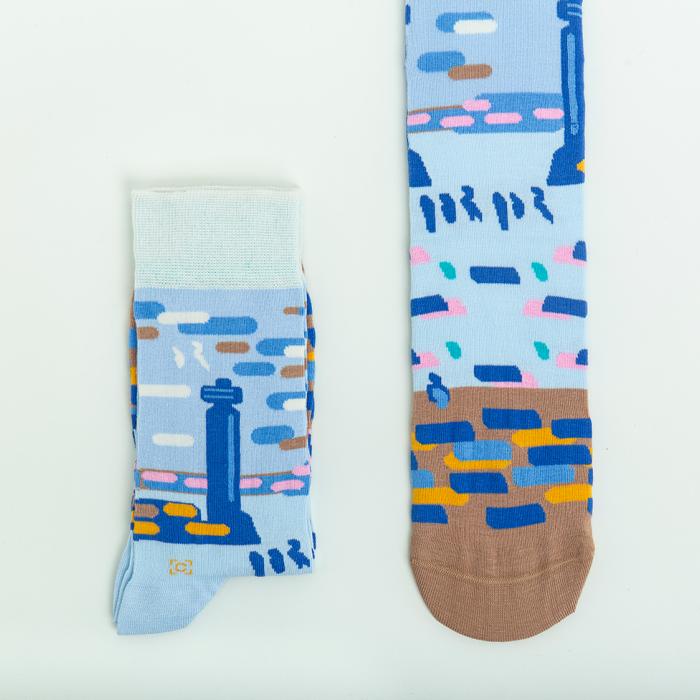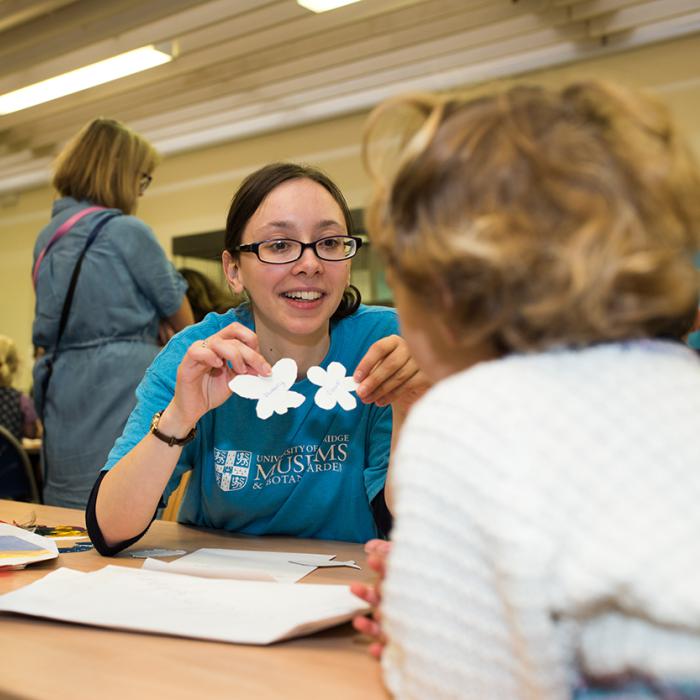Exploring our icy world from the sky and space
Enjoy a visit to our new exhibition, which brings together art and science to ask: what do you see when you look at ice from above?
Museum Remix is back! This two-day workshop gives you the opportunity to create provocative and creative responses to our objects, exploring the theme of Power and Memory.
Your challenge
This year, we're creating audio. How can we retell the stories of our objects in creative new ways through sound?
Working with a team, you'll investigate the collections and create new interpretation, which we'll make accessible to our audiences via digital gallery labels and online.
Do you have an interesting idea for an event or activity at the Museums? Do you want to talk about and see change, bring fresh perspectives?
Well, so do we. This is the space for you!
Join us in the galleries for an informal exhibition tour of Paint Like the Swallow Sings Calypso with Curator Guy Haywood and artist Errol Lloyd.
The tour will include a conversation with the artist that will explore his involvement in the Caribbean Artists Movement.
FREE, come along
Join us at Kettle’s Yard to celebrate the opening of our next exhibition Paint Like the Swallow Sings Calypso. Explore the galleries after hours and enjoy a drink with friends.
FREE, booking recommended, pay bar
Animals don’t do sexual identity; they just do sex.
From same-sex sexual behaviour in giraffes and penguins to the scientists working in the field of zoology. How do the labels and categories we give animals affect the way we interact with the natural world?
Our volunteer guides share their personal selection of fascinating stories about gender and sex in the animal world at the Museum of Zoology.
Please book your FREE ticket in advance - as numbers are limited.
Can we change our behaviours to lessen the impacts of the fashion industry on both people and the environment?
The fashion industry is having a massive impact on the environment. Making clothes creates 10% of our carbon emissions across the globe. Production uses huge amounts of water, and the chemicals involved pollute rivers and streams.
Join us for a fun, practical evening about sustainable fashion. Learn ways of mending or refashioning clothes, and get top tips on how to be greener in our clothing choices with mini-workshops, drop-in activities and more.
Take a look around the Museum of Classical Archaeology's Cast Gallery, and the dominant impression is that Greek and Roman sculpture is as pale as it is interesting.
But Greek and Roman sculpture was not colourless. In this trail, we explore what difference it might make to see Greek and Roman sculpture with its pigment restored. We also explore the consequences over the centuries of seeing the Greek and Roman world without colour.
Why have a poster on your wall when you can have a real work of art?
Ever since Kettle’s Yard was created, students have been borrowing works of art from the collection. At the beginning of every academic year, we invite students at Anglia Ruskin and Cambridge University to borrow pictures, giving them a bit of Kettle’s Yard to take home with them.
Students can borrow up to two paintings, drawings or prints from the student loan collection.
Pictures will be available in person on a first come first served basis.
Visit the Polar Museum and try out our re-launched interactive Arctic Ice Exhibit. Spin the wheel to discover how Arctic ice cover has changed over the last century. Learn how we sense temperature with one of our self-led activity boxes.
For all ages. Drop-in any time
Part of the Cambridge Zero Festival.

